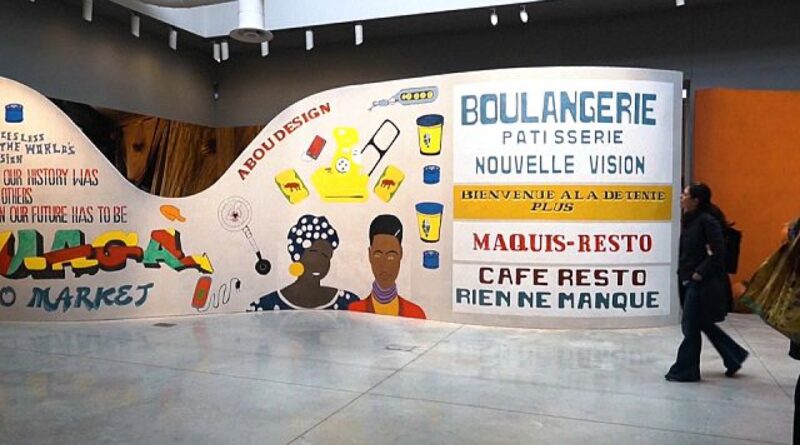First Venice architecture biennale curated by an African
For the first time, the Venice Biennale of Architecture is curated by an African, featuring a preponderance of work by Africans and the African diaspora.
Scottish-Ghanaian architect Lesley Lokko is giving a platform to voices that have long been silenced.
The 18th architectural Biennale titled “The Laboratory of the Future,” explores decolonisation and decarbonisation, topics about which Africans have much to say, Lokko says:
“The Black body was Europe’s first unit of energy. We have had a relationship to resources since time immemorial. We operate at a place where resources are not stable. They are also often fragile. They’re often exploited. Our relationship to them is exploitative. I think we have a lot to say about this conversation.”
Lokko tapped global stars like David Adjaye and Theaster Gates among 89 participants in the main show, more than half of them from Africa or the African diaspora.
To reduce the carbon footprint, Lokko encouraged the participating architects, artists and designers to be as “paper-thin” as possible with their exhibits, resulting in more drawings, film and projections, as well as the reuse of materials from last year’s contemporary art Biennale.
The U.S. Pavilion looks at ubiquitous plastics, invented and propagated in the United States, and how to cope with their durability, under the title “Everlasting Plastic.”
In one of the five exhibits, Norman Teague, a Chicago-based African American artist, designer and furniture maker, upcycled plastics from everyday items like laundry detergent bottles.
“A lot of my work has been thinking about Africa and the ways of bringing out the language to bring Africa, the continent and African Americans closer to one another. And so language as well as aesthetic. If you look at my previous work, it has a lot of African aesthetics in it, and it’s a lot of my inspiration comes from that. And so this push was really to think a lot about that, but also to think about Lesley Lokko’s ask to decolonise and decarbonise,” he says.
Ukraine returns to the Biennale with two installations that, in serve as a reminder that war continues to rage in Europe.
The pavilion in the Arsenale has been decked out in black-out materials to represent ad-hoc, if futile, protective measures ordinary Ukrainians are taking against Russian bombs.
“For us, this part of the statement of Ukrainian pavilion is important because we can find many solutions of fortification and defence, not only human-made, but also this hybrid form with a historical background, because it’s also about transformations of our relationship with Earth, animals, plants and so on. And suddenly we can rethink our relationships with all this system,” says Borys Filonenko, curator of the Ukrainian Pavilion.
Decolonisation was a natural theme at the Brazilian pavilion, where curators Gabriela de Matos and Paulo Tavares show the architectural heritage of Indigenous and African Brazilians, and challenge the “hegemonic” narrative that the capital, Brasilia, was built in the “middle of nowhere.”
“In many different ways, the whole pavilion is a decolonial gesture. It’s a decolonial gesture in the way that we are challenging certain hegemonic narratives, embodied in the capital, in the modern capital, Brasilia. It’s a decolonial gesture in a way that in this room we are showing heritage of Afro- Brazilian Indigenous peoples and acknowledging their contribution to Brazilian architecture,” says Tavares.
Inside the main pavilion, Olalekan Jeyifous, a Brooklyn-based Nigerian national, creates a sprawling retro-futuristic narrative set in an alternate 1972.
“This world takes place roughly 10 years after the majority of African countries have gained independence from colonial rule,” he says.
“So what I’m imagining is that there was a massive, continent-wide effort to consolidate all of the local environmental groups into a massive sort of umbrella organisation that I’ve been calling the African Conservation Effort. And so this African conservation effort really made a push to find means of alternative fuel, alternative power as a way to sort of undo the damage done by the colonial powers through all of their resource extraction.”
The Venice Biennale of Architecture runs from 20 May until 26 November.

